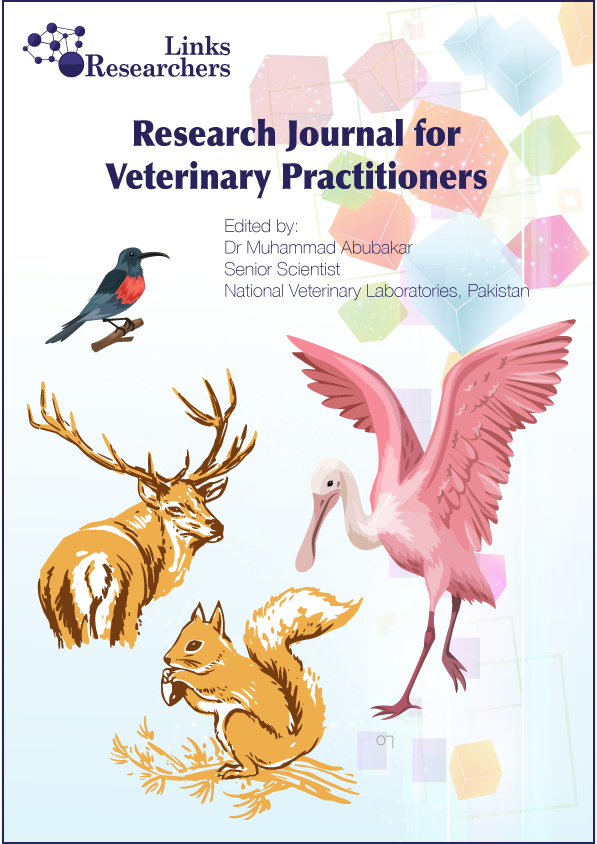Toxocara spp. Prevalence and Risk Factors in Cats from Mexico
Toxocara spp. Prevalence and Risk Factors in Cats from Mexico
Camilo Romero Núñez1, Laura Miranda Contreras1, Rafael Heredia Cárdenas1, Ariadna Flores Ortega2*, Linda Guiliana Bautista Gómez3
ABSTRACT
Information regarding infection and risk factors for endoparasites, such as helminths like Toxocara, is crucial for implementing effective control programs. The objective of this study was to assess the current prevalence and risk factors for Toxocara spp. in cats. A total of 3695 fecal samples from cats of all ages, genders, breeds, clinical conditions, and origins, representing 31 out of the 32 states of the Mexican Republic, were included. Toxocara presence was assessed using the direct smear technique and Faust centrifugation-flotation with a 33% saturated solution of zinc sulfate. The overall prevalence of Toxocara was 33.09%. A significant association was observed (Chi2= 73.22, p= 0.0001) between age and positivity for this nematode. Access to the outdoors exhibited a strong association (Chi2= 48.31, p= 0.0001) with Toxocara spp. prevalence and was identified as a risk factor (OR= 1.63, p= 0.0001). Additionally, farm-raised cats also showed an association (Chi2= 15.26, p= 0.001) with Toxocara prevalence in feces. Younger cats exhibited an association with Toxocara spp. (Chi2= 6.31, p= 0.04) and were identified as a risk factor (OR= 1.20, p= 0.01), indicating a higher likelihood of Toxocara spp. presence in feces. Cats with soft feces were 1.78 times more likely to test positive, and the presence of parasites in feces was strongly associated with Toxocara spp. prevalence (Chi2= 67.97, p=0.0001) and identified as a risk factor (OR= 2.12, p=0.0001). It is crucial to implement effective therapeutic and environmental management strategies, along with hygiene procedures, for the proper control of this parasite.
To share on other social networks, click on any share button. What are these?






